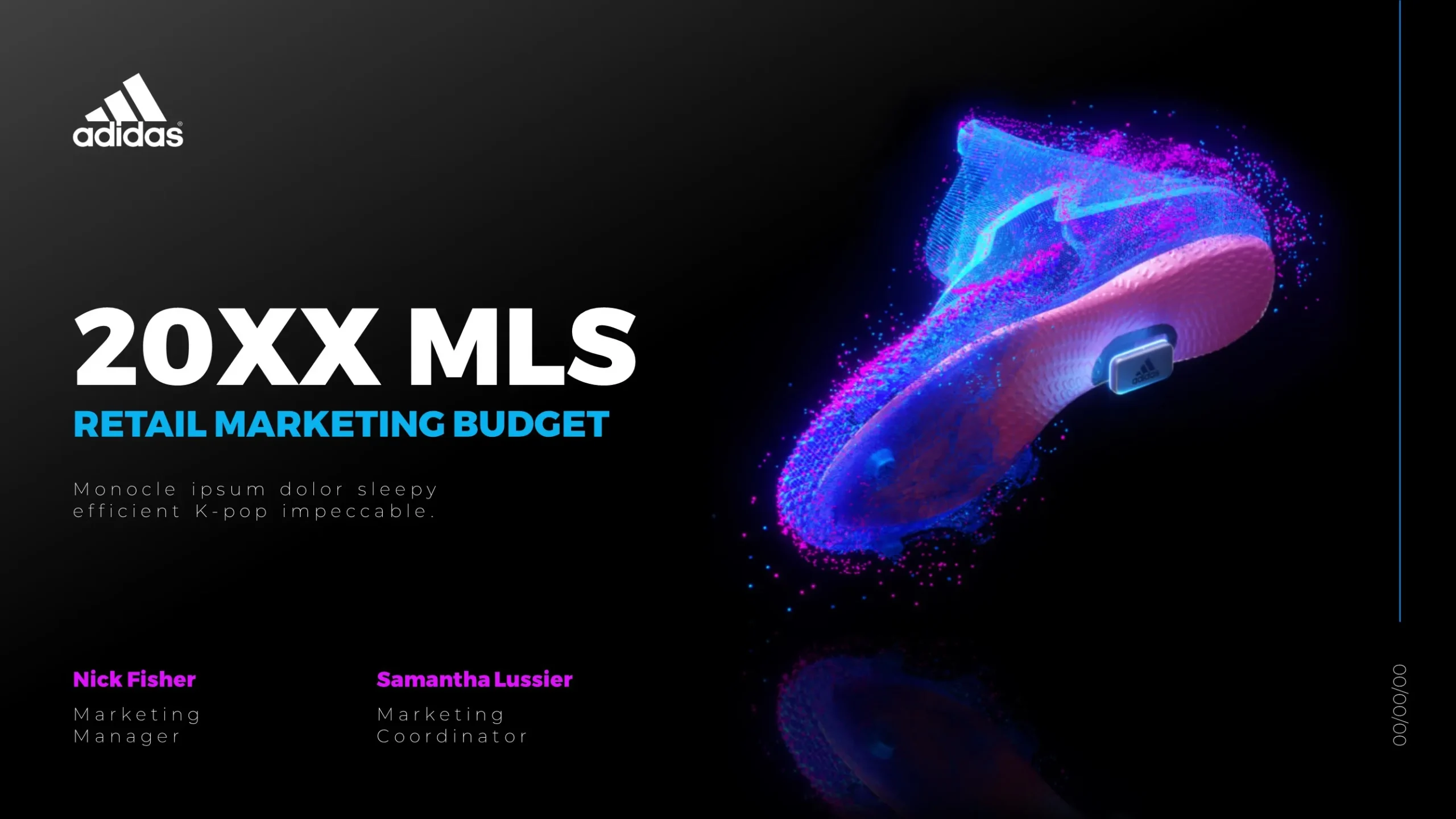Healthcare analytics leaders can significantly boost stakeholder engagement in virtual events using interactive data visualizations. This can be achieved by employing several strategies which are designed to make complex data more comprehensible, engaging, and actionable.
Utilize Interactive Data Visualization Tools
Firstly, make use of advanced data visualization tools that allow users to interact directly with the data. These tools can help to create charts, graphs, and maps that users can manipulate to gain a deeper understanding of the data. Interactive elements such as sliders, checkboxes, and drop-down menus can be used to allow users to filter and sort data according to their needs.
Design for Clarity
When creating data visualizations, the design should always prioritize clarity. This involves using clear, easy-to-understand labels, choosing appropriate chart types for the data being presented, and using color effectively to highlight key points. Remember, the ultimate goal of your visualization is to simplify complex data so that stakeholders can easily understand and engage with it.
Present a Narrative
Data on its own can be dry and difficult to engage with. However, when data is presented as part of a narrative, it becomes much more compelling. Create a story around your data that helps to contextualize it and explain why it’s important. This can help to draw stakeholders in and encourage them to engage more deeply with the data.
Provide Real-Time Updates
Another effective strategy for increasing stakeholder engagement is to provide real-time updates to your data visualizations. This can help to make your virtual event feel more dynamic and engaging, as stakeholders can see the data changing in real time.
Encourage Interaction
Finally, encourage stakeholders to interact with your data visualizations. This can be achieved by incorporating interactive elements into your visualizations, such as clickable icons that provide more information, or interactive maps that allow users to zoom in and out. The more stakeholders are able to interact with the data, the more engaged they will be.
By employing these strategies, healthcare analytics leaders can not only make their data more accessible and understandable, but they can also increase stakeholder engagement in their virtual events, leading to more successful outcomes.









